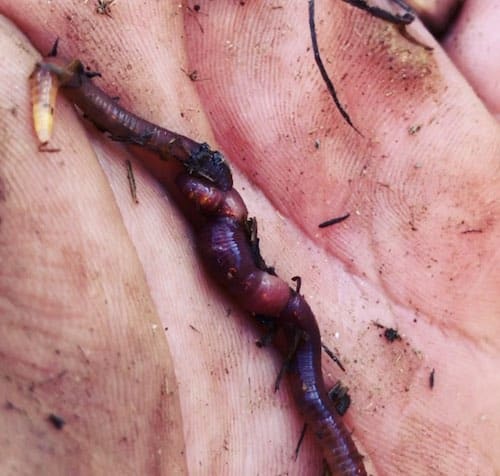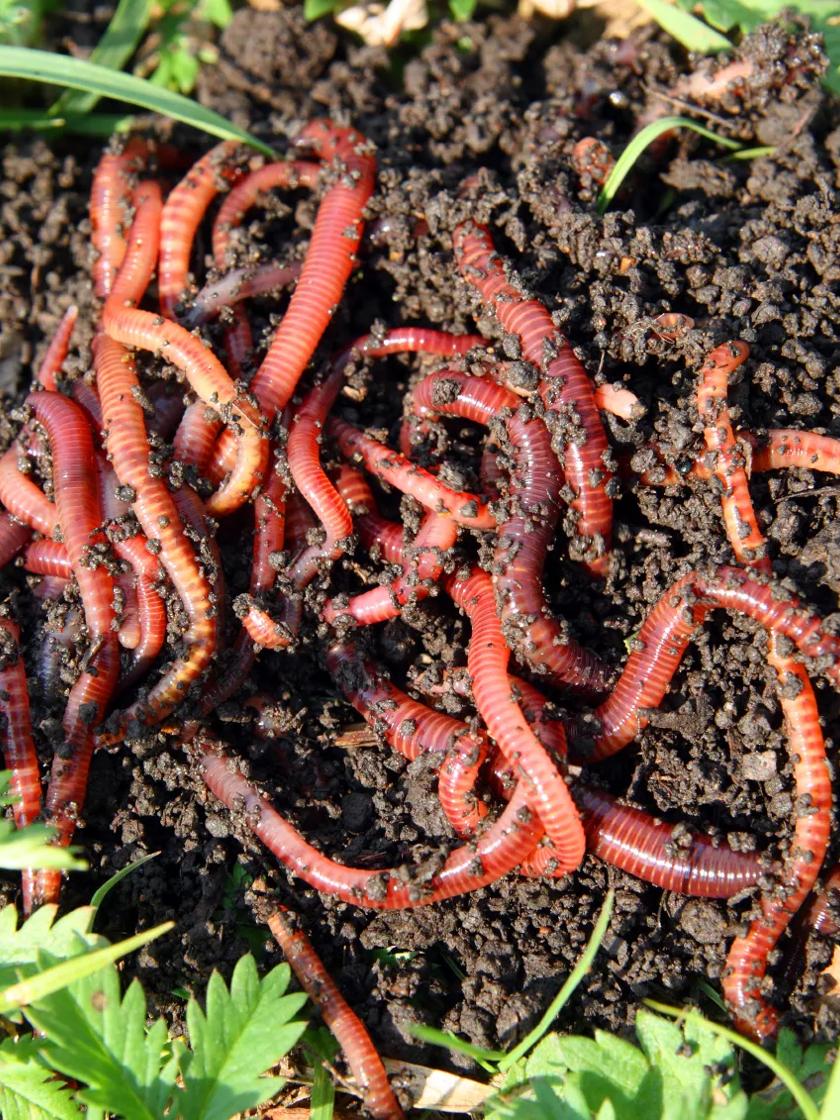Stock Up on Essentials with Lake Hickory Bait for Your Next Trip
Stock Up on Essentials with Lake Hickory Bait for Your Next Trip
Blog Article
Red Wigglers: The Unsung Heroes of Organic Waste Recycling
Red wigglers, or Eisenia fetida, function as crucial representatives in the natural waste recycling process, changing thrown out products into beneficial vermicompost. Their efficient malfunction of natural issue not just improves soil top quality however likewise contributes to sustainable waste management practices. As the world progressively seeks options to battle waste buildup and enhance farming productivity, comprehending the role of these worms becomes necessary. What devices allow them to thrive in compost atmospheres, and how can they be efficiently utilized in both residential and commercial settings? Exploring these questions discloses the more comprehensive ramifications of vermicomposting in our environmental landscape.
What Are Red Wigglers?
The impressive durability of red wigglers, medically understood as Eisenia fetida, underscores their crucial duty in organic waste recycling. These tiny, reddish-brown earthworms are typically discovered in breaking down raw material, such as compost heap and manure stacks. Lake Hickory Bait. Unlike various other earthworm types, red wigglers grow in nutrient-rich atmospheres and are highly reliable at breaking down organic products, making them necessary for vermicomposting

(Red Wiggler Express)Along with their role in waste reduction, red wigglers contribute to dirt health by improving soil framework and oygenation with their burrowing tasks (Lake Hickory Bait). Their visibility in composting systems not only boosts disintegration rates but likewise advertises a lasting strategy to waste management, showing their value in eco-friendly preservation initiatives
Advantages of Composting With Worms
Composting with worms, specifically red wigglers, offers many advantages that improve both waste monitoring and dirt wellness. Initially, these worms effectively damage down natural waste, converting it into nutrient-rich vermicompost that enhances dirt. This procedure increases disintegration, permitting for a faster recycling of cooking area scraps and various other natural products compared to traditional composting methods.
Additionally, the vermicompost generated by red wigglers is including valuable microorganisms, which aid boost dirt structure, aeration, and moisture retention. This boosts the total wellness of plants, promoting energetic growth and enhanced yields in yards and farming setups. Additionally, using worms in composting decreases the manufacturing of greenhouse gases, such as methane, adding to an extra lasting waste monitoring system.

How to Begin Vermicomposting
Developing a vermicomposting system is a straightforward process that can produce considerable advantages for both waste management and soil enrichment. To begin, choose an appropriate container, such as a plastic container or wooden box, with adequate ventilation holes to make sure appropriate air movement. The measurements need to preferably be about 2 feet by 3 feet, permitting sufficient area for the worms to prosper.
Following, prepare bed linen material, which can contain shredded paper, cardboard, or coconut coir. This bed linen needs to be moistened to develop an ideal environment for the worms. As soon as the bed linens remains in area, present red wigglers (Eisenia fetida) right into the container, typically around one pound of worms for each square foot of area.
Adhering to the placement of worms, add natural waste, such as fruit and veggie scraps, coffee premises, and crushed eggshells. With these actions, you will successfully start a vermicomposting system that contributes to lasting waste monitoring and enhances your dirt.
Keeping a Healthy Worm Container
(Red Wiggler Express)Keeping a worm container growing needs normal interest and like guarantee the health of the red wigglers and the performance of the composting process. Correct maintenance starts with monitoring the moisture levels; the container should perspire but not soaked. A good guideline is to maintain an uniformity comparable to a wrung-out sponge.
Delicately mixing the bed linens and food scraps every couple of weeks avoids compaction and makes sure that all worms have accessibility to oxygen. Furthermore, it is important to feed the worms properly.
Temperature level law is another vital facet. Red wigglers flourish in a variety of 55 to 77 degrees Fahrenheit. If the bin ends up being too hot or chilly, the worms might end up being stressed out - Lake Hickory Bait. Last but not least, periodically inspect for indications of health and wellness, such as worm populace development and the visibility of healthy spreadings. By vigilantly taking care of these factors, one can preserve a durable and productive worm bin.
Impact on Sustainable Living
The effective upkeep of a worm container not just benefits the health and wellness of red wigglers however additionally contributes significantly to sustainable living techniques. By reusing organic waste, such as cooking area scraps and lawn debris, red wigglers help divert significant amounts of material from garbage dumps. This decrease in waste not just reduces greenhouse gas emissions but likewise decreases the ecological problem connected with waste administration.
Furthermore, the spreadings generated by red wigglers function as a nutrient-rich natural plant food, enhancing soil health and wellness and advertising plant growth. This all-natural you could check here choice to chemical fertilizers sustains lasting farming and horticulture methods, lowering dependence on synthetic inputs that can damage ecological communities. In addition, worm composting cultivates recognition of waste administration, encouraging individuals and neighborhoods to adopt more sustainable behaviors.

Verdict
In summary, red wigglers offer as vital contributors to natural waste recycling through their reliable decay of natural products. By integrating vermicomposting right into waste monitoring strategies, individuals and areas can dramatically decrease waste while promoting ecological sustainability.
Report this page